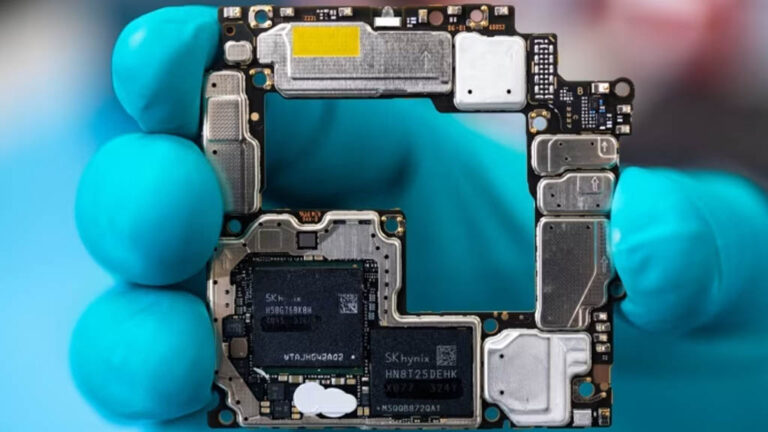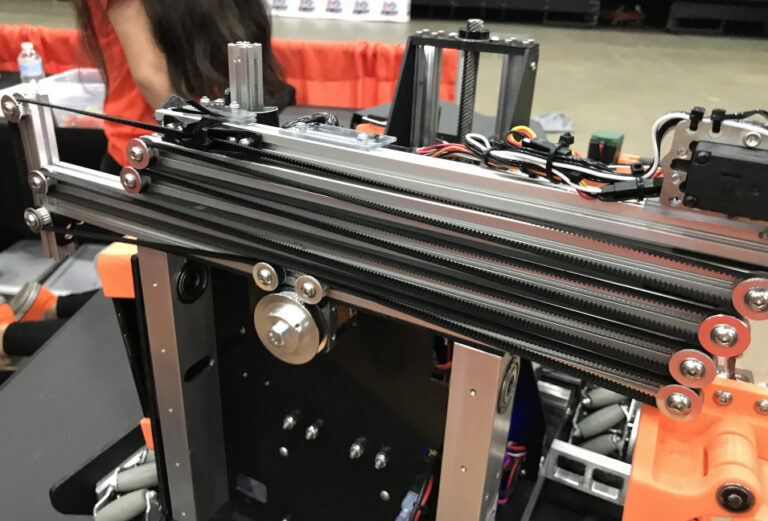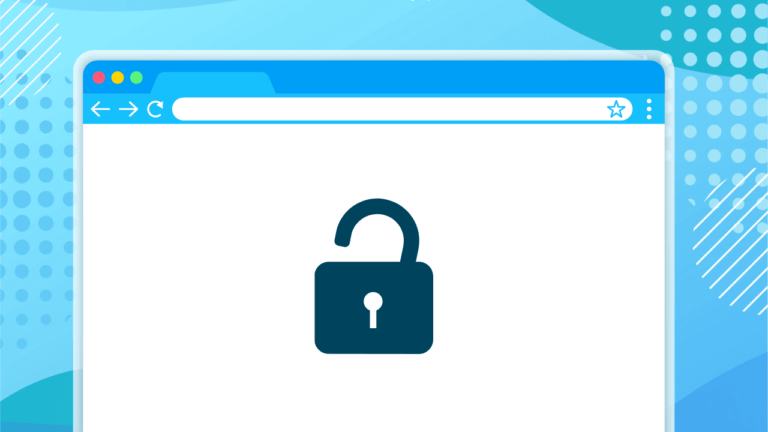
In recent years, artificial intelligence (AI) has revolutionized how we interact with technology. Among the most groundbreaking advancements is ChatGPT, an AI-powered chatbot developed by OpenAI. Since its launch, ChatGPT has gained immense popularity for its ability to understand and generate human-like text, making it a valuable tool for businesses, students, developers, and everyday users.
But what exactly is ChatGPT? How does it work? And what are its benefits and limitations? In this comprehensive guide, we’ll explore everything you need to know about this powerful AI chatbot.
What Is ChatGPT?
ChatGPT is a large language model (LLM) based on OpenAI’s Generative Pre-trained Transformer (GPT) architecture. It is designed to engage in natural conversations, answer questions, generate content, assist with coding, and even provide creative writing suggestions.
The latest version, ChatGPT-4, is more advanced than its predecessors, offering improved accuracy, better contextual understanding, and the ability to handle longer conversations.
Key Features of ChatGPT
-
Natural Language Processing (NLP): Understands and generates human-like text.
-
Versatility: Can assist with writing, coding, research, brainstorming, and more.
-
Multi-Turn Conversations: Maintains context over extended interactions.
-
Customization: Businesses and developers can fine-tune responses for specific needs.
How Does ChatGPT Work?
ChatGPT is built using a deep learning model trained on vast amounts of text data from books, articles, websites, and other sources. Here’s a simplified breakdown of how it functions:
1. Pre-Training
The model is trained on a diverse dataset to learn grammar, facts, reasoning abilities, and even some level of common sense.
2. Fine-Tuning
OpenAI refines the model using human feedback (Reinforcement Learning from Human Feedback, RLHF) to make responses more accurate and aligned with user expectations.
3. Transformer Architecture
ChatGPT uses a neural network architecture called the Transformer, which processes words in relation to all other words in a sentence, allowing it to generate coherent and contextually relevant responses.
4. User Interaction
When you type a prompt, ChatGPT predicts the most likely next words based on patterns it has learned, producing a response that mimics human conversation.
What Can ChatGPT Do?
ChatGPT’s applications are vast and growing. Here are some of its most popular uses:
1. Content Creation
-
Blogs & Articles: Generates well-structured drafts in seconds.
-
Social Media Posts: Crafts engaging captions and tweets.
-
Creative Writing: Helps with storytelling, poetry, and scripts.
2. Education & Learning
-
Homework Help: Explains complex topics in simple terms.
-
Language Learning: Assists with translations and grammar checks.
-
Study Guides: Summarizes textbooks and research papers.
3. Programming & Tech Support
-
Code Generation: Writes and debugs code in Python, JavaScript, and more.
-
Technical Documentation: Helps developers with API references and tutorials.
4. Business & Productivity
-
Customer Support: Powers AI chatbots for instant responses.
-
Email Drafting: Writes professional and persuasive emails.
-
Market Research: Summarizes trends and competitor analysis.
5. Personal Assistance
-
Travel Planning: Suggests itineraries and booking tips.
-
Recipe Ideas: Generates meal plans based on dietary preferences.
-
Entertainment: Recommends books, movies, and games.
Benefits of Using ChatGPT
✅ Saves Time: Automates repetitive writing and research tasks.
✅ Enhances Creativity: Provides fresh ideas and perspectives.
✅ Improves Productivity: Assists with coding, content, and problem-solving.
✅ Accessible & User-Friendly: No technical expertise needed.
✅ 24/7 Availability: Instant responses at any time.
Limitations of ChatGPT
Despite its impressive capabilities, ChatGPT has some drawbacks:
❌ Not Always Accurate: Can generate incorrect or outdated information.
❌ Lacks Real-Time Knowledge: GPT-4’s training data cuts off in 2023 (unless using ChatGPT Plus with browsing).
❌ Potential Bias: May reflect biases present in its training data.
❌ No Genuine Understanding: Operates on patterns, not true comprehension.
❌ Over-Reliance Risk: Users may depend too much on AI-generated content.
ChatGPT Free vs. ChatGPT Plus (GPT-4)
| Feature | ChatGPT (Free) | ChatGPT Plus ($20/month) |
|---|---|---|
| Model | GPT-3.5 | GPT-4 |
| Speed | Standard | Faster responses |
| Access | Basic | Priority access |
| Features | Limited | Advanced capabilities |
| Browsing | No | Yes (with plugins) |
Upgrading to ChatGPT Plus unlocks GPT-4, which is smarter, more reliable, and capable of handling complex tasks.
Future of ChatGPT
OpenAI continues to improve ChatGPT with:
🔹 Better Context Retention – Longer, more coherent conversations.
🔹 Multimodal Abilities – Image and voice integration (already in some versions).
🔹 Industry-Specific Customization – Tailored AI for healthcare, law, finance, etc.
🔹 Ethical AI Development – Reducing biases and harmful outputs.
As AI evolves, ChatGPT is expected to become even more integrated into daily life, work, and education.
Final Thoughts
ChatGPT is a game-changing AI tool that enhances productivity, creativity, and efficiency across various fields. While it has limitations, its potential is immense, and future updates will likely make it even more powerful.
Whether you’re a student, writer, developer, or business professional, ChatGPT can be a valuable assistant—just remember to verify its responses and use it responsibly.






